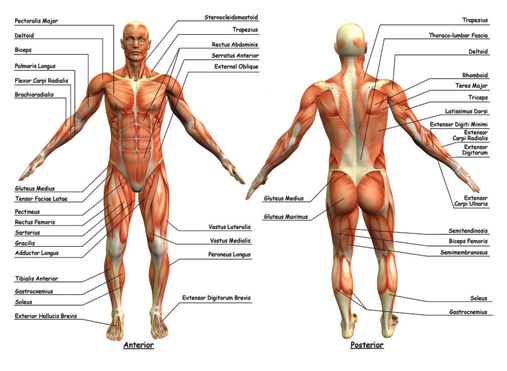
These are other ways of communicating besides verbally and this is focusing on body language and how we a[pear to others.
Proximity
Paying attention to how close someone stands to others during conversation is vital. If you stand too close to someone, it might be a sign of aggression in their culture. On the other hand, if you stand too far away, it might come across as insincere.
In Japan, it’s common to have more of a distance between others. One reason for this need of extra space is the bow made when greeting others.
This is quite different from Latin American cultures, which are very tactile and affectionate. When speaking with someone from a Latin American country, be prepared to stand very close to the other person.
Face and Eyes
Many times, observing a person’s facial expressions can tell much more than their words. Is the person looking away, or at someone else? This might mean that he or she is not fully engaged in the conversation.
Direct eye contact on the other hand is typically a sign of genuine interest. Another sign of sincerity is a smile that involves the entire face. A smile that involves just the mouth might be a forced smile.
Hand Gestures
Always be sure to observe the hands of whoever you’re speaking with. Are they motioning with their hands as they speak, or are their hands folded? In what context do they use certain gestures or signs?
A seemingly small gesture can have a positive meaning in one country, but a completely opposite meaning in another. In the US for example, a thumbs-up sign signals a confirmation. In the Middle East, however this same gesture is offensive!
Effective communication is dependent on three key elements: clarity, conciseness, and consistency. The 3 C's play a vital role in conveying information accurately and efficiently.
https://geediting.com/things-happy-people-always-do-according-to-psycho…